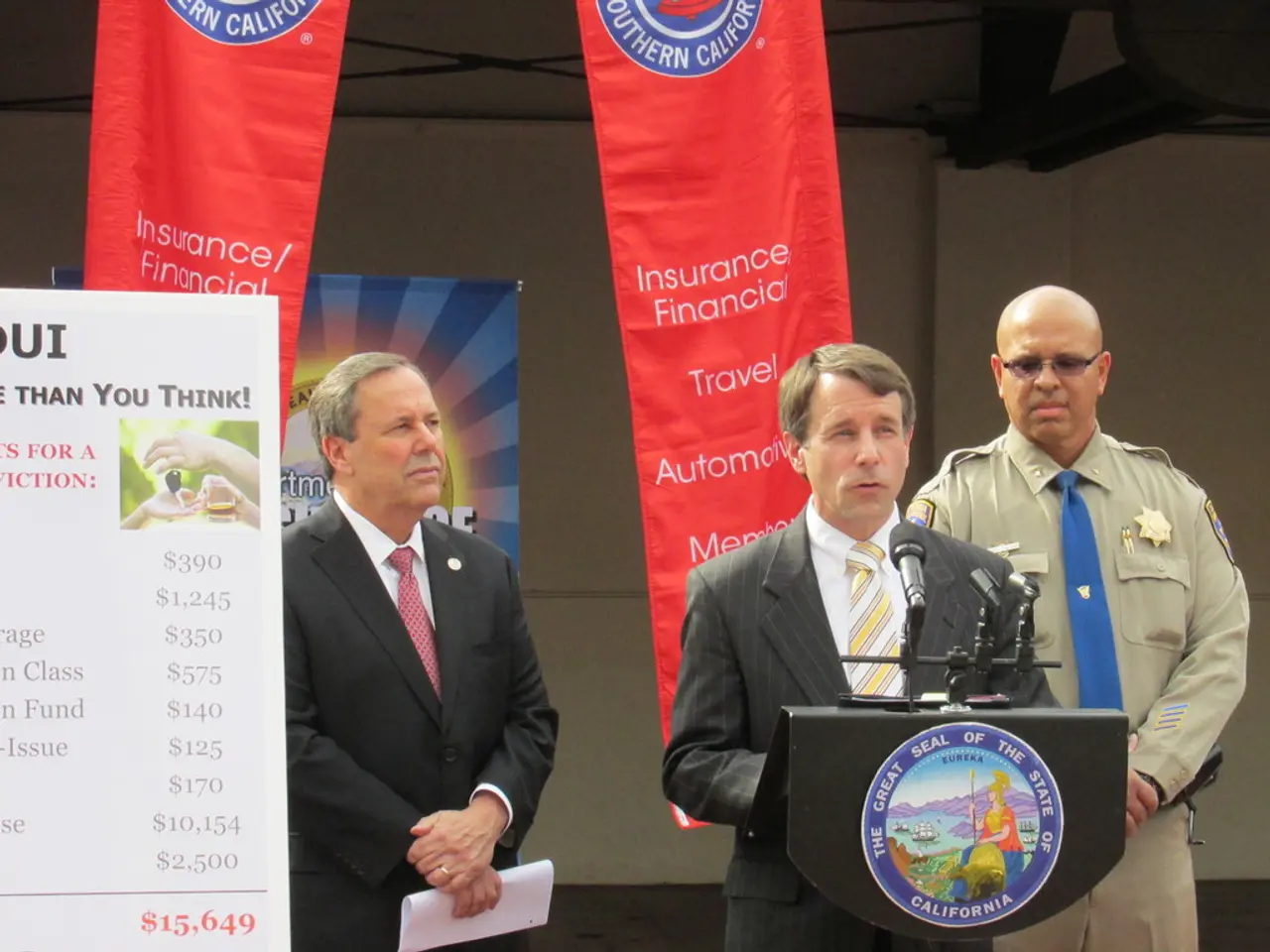Legal Insight into WHS Regulations
In the first half of 2025, Work Health and Safety (WHS) law has seen significant changes and trends that are shaping the future of workplace safety. Here's a roundup of the key issues and developments that have emerged during this period.
High Risk Workplaces and Repeat Offenders Program
While the details of the High Risk Workplaces and Repeat Offenders Program for this period are not yet clear, the focus on enhanced hazard identification and repeat offender targeting remains a major WHS priority. This strengthened enforcement is part of broader governmental efforts to reduce workplace injuries and fatalities.
Restructures Leading to WHS Investigations
Organizational restructures can lead to WHS investigations due to the shifts in responsibility and control that influence safety compliance. With the rise in complexity of workplaces, particularly with new technologies and changing workforce compositions, regulatory authorities are becoming more vigilant about safety failures during or after restructuring phases.
Principal Contractor Appointment in Renewable Energy Developments
Renewable energy developments require a clear appointment of a principal contractor responsible for WHS compliance across the project. This trend reflects the regulatory recognition of these projects' complexity and risks. Principal contractors bear significant liability for ensuring safe work environments and effective coordination among subcontractors, especially in renewable sectors where rapid growth introduces evolving hazards and legislative expectations.
Global WHS Trends in 2025
- Technological Advances: The integration of automation, robotics, and AI is transforming workplace safety management. There is increased attention to safe human-machine interaction and training on new technologies to prevent accidents.
- Talent and Skills Shortages: The WHS workforce is experiencing shortages and a need for broader competencies, including data analytics and human factors expertise, essential to navigating modern safety challenges.
- Regulatory Shifts: In some jurisdictions, there are mixed regulatory signals, including proposals that potentially weaken some worker protections. Meanwhile, some states are strengthening worker protections through wage, safety, and anti-discrimination measures.
- Workplace Violence Prevention: In certain locations, new legal requirements mandate comprehensive Workplace Violence Prevention Plans (WVPPs), stressing coordination and communication between employers for safety in locations prone to violence.
Other Developments
- SafeWork NSW has initiated the High Risk Workplaces and Repeat Offenders Program for duty holders with an elevated risk profile.
- WHS regulators are investigating other industrial relations matters, such as work and rest periods and consultation with workers regarding changes to reporting lines.
The WHS Law Briefing provides details about these significant legislative and case law developments during the specified period. A link to download the full briefing is provided, and readers are encouraged to share their feedback. Please note that the briefing does not include all source materials, some of which are available upon request. The briefing is also available for discussion with the national WHS team.
- Amid the growing focus on workplace-wellness and health-and-wellness, the financial industry is starting to invest in renewable-energy projects, recognizing their potential to improve working conditions and reduce environmental impact.
- To strengthen safety in the workplace, regulators are advocating for the adoption of scientifically sound practices and technologies in workplace-wellness programs, particularly in high-risk industries like renewable-energy.
- As the industry evolves, financial institutions are increasingly examining the risks associated with renewable-energy projects, factoring in potential issues such as workplace safety, WHS compliance, and worker well-being to make informed investments.




